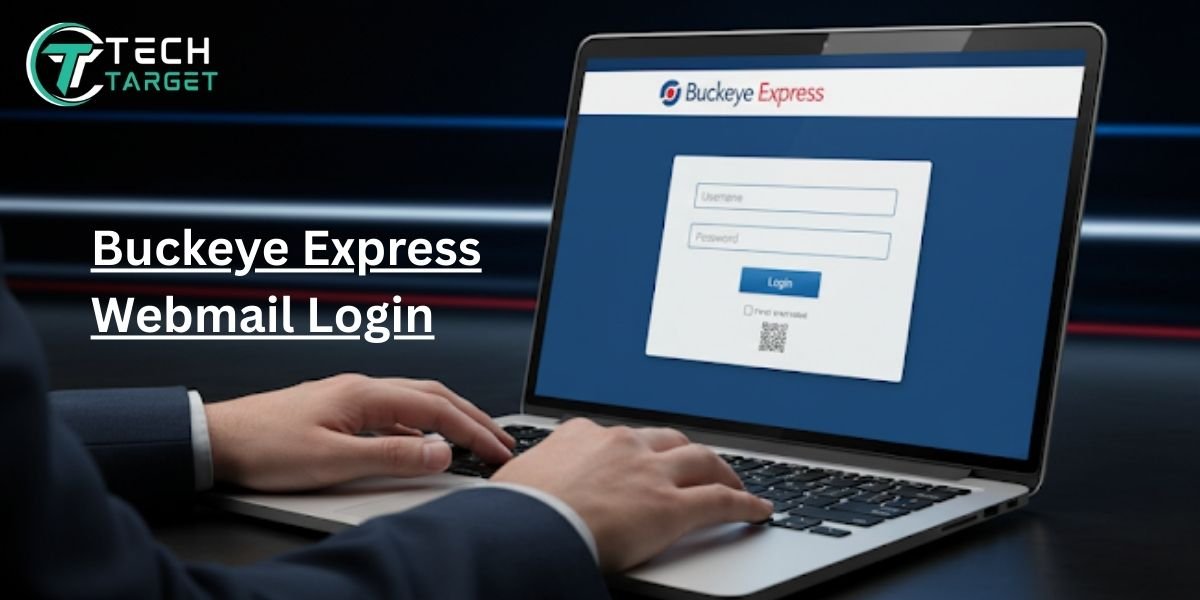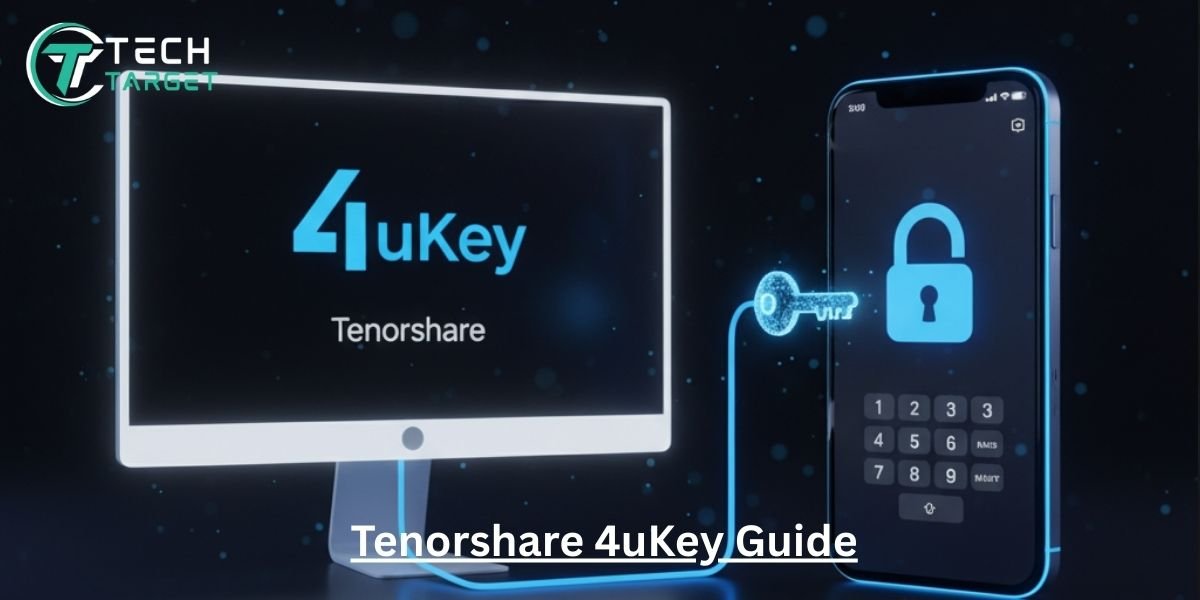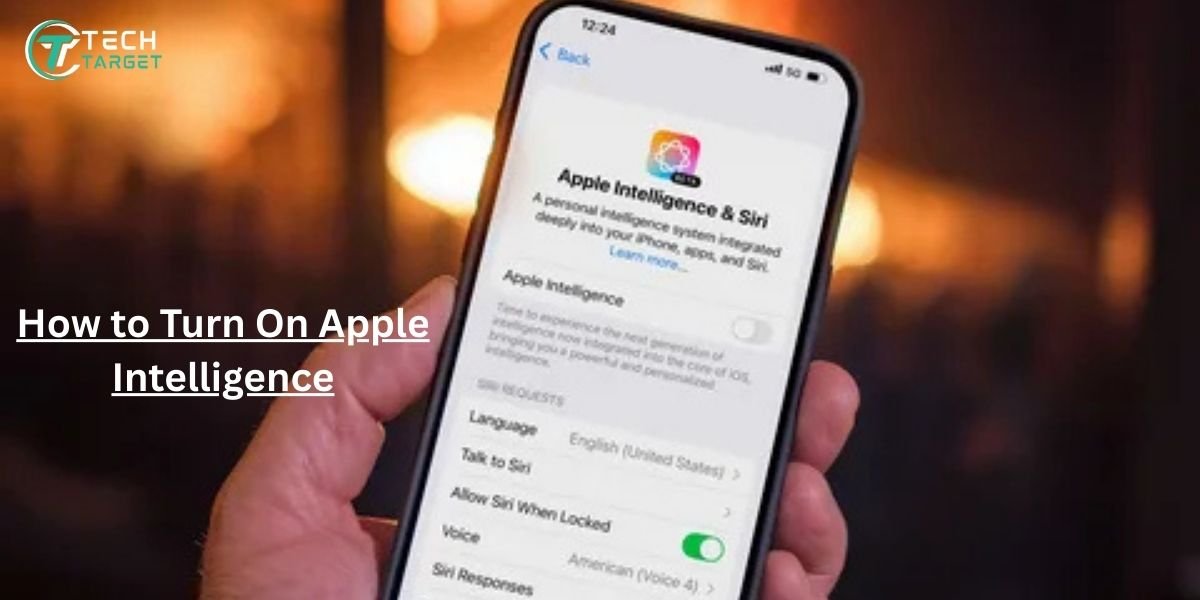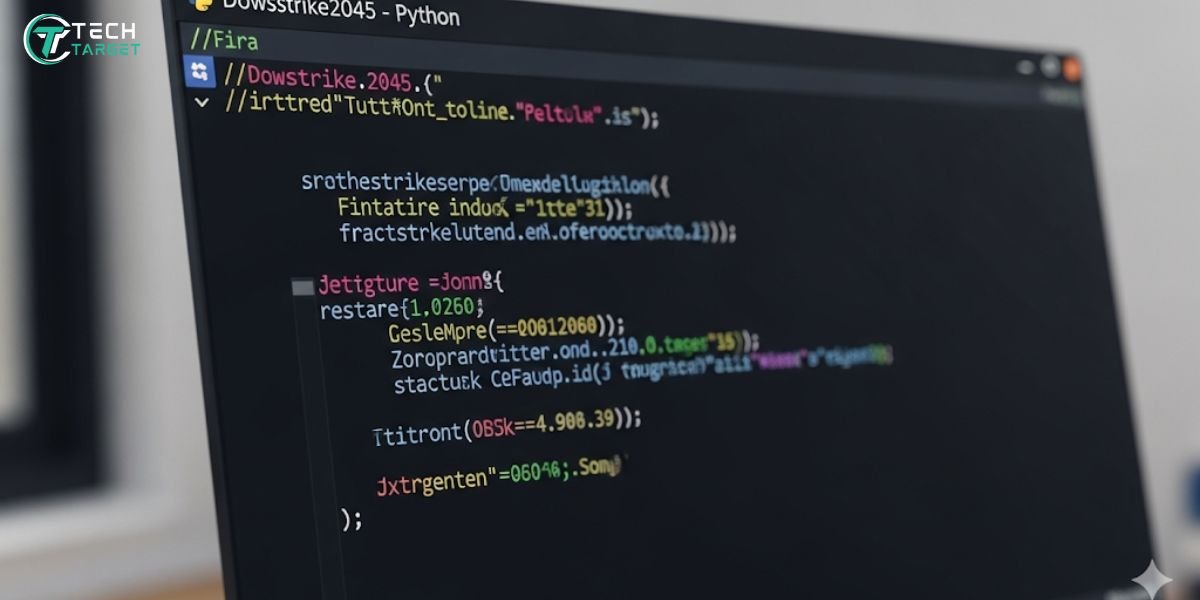Hey there! Need to check your Buckeye Express email? You’ve come to the right place! Buckeye Express Webmail is like your special online post office, letting you send and receive messages safely and easily. It’s a service brought to you by Buckeye Broadband, making sure you stay connected. Let’s dive in and see how simple it is to get to your mail!
How to Find the Official Buckeye Express Webmail Login Page
Think of the Buckeye Express email login page as the front door to your account. You want to make sure you’re knocking on the right one!
The official web address, or URL, you’re looking for is: https://mail.buckeye-express.com/app/. See that “https” at the beginning? That’s like a digital handshake, telling you it’s a secure connection – a safe place to enter your information.
Be careful out there! Some sneaky websites might try to trick you with addresses that look similar. These are called “phishing” pages, and they’re after your username and password. Always double-check that URL to stay safe.
A smart move? Save the real login page as a bookmark in your web browser. It’s like having a direct key to your mailbox, so you always go to the right place!
Step-by-Step Buckeye Express Webmail Login Process
Okay, you’ve found the door! Now let’s open it and get to your Buckeye email login.
You’ll see two empty boxes. The top one is where you type your username – it’s like your special name for your Buckeye Express email account. The box below is for your password – your secret code! Type them in carefully, and remember that passwords care about big and small letters (that’s called case sensitivity).
When you’re logging in, try to use your own computer or phone. Public computers at places like libraries can sometimes save your information without you knowing, which isn’t safe.
Common Buckeye Webmail Login Issues and Fixes
Uh oh! Sometimes the door gets stuck. Here’s what to do if you’re having trouble with your Buckeye email login.
I typed your username and password, but it says it’s wrong. Double-check for typos and make sure your Caps Lock isn’t on by mistake. If you’re sure it’s right, maybe it’s time for a password reset.
“Help! I forgot my password!” Don’t worry, it happens. Look for a link that says “Forgot Password” or something similar. Click it, and Buckeye will guide you through steps to get a new password, usually by answering security questions or sending a code to your phone or another email.
Tried logging in too many times with the wrong password? Sometimes, for your safety, the system will lock your account for a bit. It will usually tell you what to do, like wait a certain amount of time or contact support.
Is the login page acting weird or not loading right? Your web browser might be the issue. Try using a different browser (like Chrome, Firefox, or Safari) or make sure your current one is up to date.
Sometimes, the Buckeye Express servers (the computers that run the email) might be having a little hiccup. If you can’t log in and everything else seems fine, it might be a temporary downtime. You can usually check Buckeye Broadband’s website or social media for any announcements.
Looking for more? Read our blogs on some of the top webmail services below:
Setting Up Buckeye Express Email on Your Devices
Want to check your Buckeye Express email on your computer using a program like Outlook, Apple Mail, or Thunderbird? You’ll need to set it up!
You might see options like IMAP and POP. Think of IMAP like leaving your mail at the post office but getting a copy on your computer and phone – everything stays synced. POP is more like taking the mail home, and it might disappear from the post office server. For most people who use multiple devices, IMAP is the way to go.
Here’s a quick guide for setting up with IMAP:
Outlook:
- Go to File > Add Account.
- Enter your Buckeye Express email address.
- Choose “Manual setup or additional server types.”
- Select “IMAP.”
- For the Incoming server, enter the Buckeye Express IMAP server address (you can find this on their support site). The port is usually 993, and it uses SSL encryption.
- For Outgoing server (SMTP), enter the Buckeye Express SMTP server address (also on their support site). The port is usually 465, and it uses SSL encryption.
- Enter your Buckeye Express email login username and password.
- Click “Test Account Settings” and then “Finish.”
Apple Mail:
- Go to Mail > Add Account.
- Select “Other Mail Account…” and click “Continue.”
- Enter your name, Buckeye Express email address, and password. Click “Sign In.”
- You might need to enter server settings manually. Choose “IMAP” as the Account Type.
- Enter the Incoming Mail Server and Outgoing Mail Server details (from Buckeye support), along with your username and password.
- Click “Sign In.”
Thunderbird:
- Go to Tools > Account Settings > Account Actions > Add Mail Account.
- Enter your name, Buckeye Express email address, and password. Click “Continue.”
- Thunderbird will try to configure automatically, but you might need to select “IMAP (remote folders)” and click “Manual config.”
- Enter the Server hostname, Port, Connection security (SSL/TLS), and Authentication (Normal password) for both Incoming and Outgoing servers (get these from Buckeye support).
- Enter your username and click “Re-test,” then “Done.”
Accessing Buckeye Webmail on Your Phone (Android & iOS)
Want to check your Buckeye Express email on your phone? Most phones have built-in email apps that can handle it!
You’ll usually need to add a new account and choose “Other” or “Manual setup.” You’ll then need to enter the IMAP and SMTP server details as on a computer. Here are some recommended settings:
- Incoming Mail (IMAP): Server address (check Buckeye support), Port: 993, Security: SSL/TLS
- Outgoing Mail (SMTP): Server address (check Buckeye support), Port: 465, Security: SSL/TLS
Here’s a general idea of the steps:
Android:
- Open your phone’s email app (like Gmail).
- Tap “Add an email address.”
- Choose “Other.”
- Enter your full Buckeye Express email address and tap “Next.”
- Choose “IMAP.”
- Enter the Incoming server details (address, port, security). Tap “Next.”
- Enter the Outgoing server details (address, port, security). Tap “Next.”
- Enter your password and tap “Sign in.”
- You might be asked about account options – configure as you like and tap “Next.”
- Give your account a name and your name, then tap “Next.”
iOS (iPhone/iPad):
- Open the “Mail” app.
- Tap “Add Account.”
- Tap “Other.”
- Tap “Add Mail Account.”
- Enter your name, Buckeye Express email address, password, and a description (like “Buckeye Email”). Tap “Next.”
- Choose “IMAP.”
- Enter the Incoming Mail Server and Outgoing Mail Server details (hostname, username – your full email address, and password). Tap “Next.”
- Your device will verify the settings. Tap “Save.”
Top Security Tips for Your Buckeye Webmail Login
Keeping your Buckeye Express email safe is super important! Here’s how:
Your password is your first line of defense! Make it strong – a mix of uppercase and lowercase letters, numbers, and symbols. Don’t use easy-to-guess things like your birthday or pet’s name.
Turn on your spam filters! These are like digital bouncers that keep unwanted junk mail out of your inbox. You can usually find these settings in your Buckeye Express email options.
Be extra careful when logging in on public Wi-Fi at coffee shops or airports. These networks aren’t always secure, so try to avoid accessing sensitive information there. If you have to, consider using a VPN (Virtual Private Network).
Be a detective when it comes to emails! Phishing emails are fake emails that try to trick you into giving away your password or personal information. They often look real but might have weird links or ask for urgent action. If an email looks suspicious, don’t click any links or give out any information. Report it to Buckeye Broadband support.
Keeping Your Buckeye Express Email Account Tidy
Once you’re in your Buckeye Express email, keeping things organized makes life easier!
Create folders to sort your emails by topic, sender, or project. It’s like organizing papers in a filing cabinet.
If you’re going to be away for a while, set up an auto-responder. This sends a message back to anyone who emails you, letting them know you’re not available and when they can expect a reply.
Don’t let your inbox get too full! Regularly delete emails you no longer need, especially those with big attachments. This helps your account run smoothly.
Buckeye Webmail Customer Support Options
Need some extra help with your Buckeye email login or anything else? Buckeye Broadband has your back!
You can usually find their support contact information on their website. They might have phone numbers, live chat options, or even physical walk-in centers where you can talk to someone in person.
Many services also have self-service options for resetting your password if you forget it. Look for links like “Forgot Password” on the login page.
Frequently Asked Questions
Can I access Buckeye Webmail on multiple devices?
Yes, you can usually access your Buckeye Express email from different computers, phones, and tablets. Using IMAP helps keep everything synced.
What if my email is not syncing?
First, check your internet connection. Then, make sure your IMAP settings are correct on all your devices. Sometimes, restarting your email app or device can also help.
How long are deleted emails retained?
This can vary, but usually, deleted emails go to a “Trash” or “Deleted Items” folder for a certain period before being permanently removed. Check your email settings for retention times.
How to update email server settings?
You’ll usually find the correct server settings (IMAP and SMTP addresses, ports, and security types) on Buckeye Broadband’s support website. You’ll need to enter these in your email program or app.
Can I recover permanently deleted emails?
Once emails are permanently deleted, they are usually very difficult or impossible to recover. That’s why it’s important to be careful when deleting and to back up important emails if needed.
Conclusion
So there you have it! Getting into your Buckeye Express Webmail and managing your Buckeye Express email doesn’t have to be a headache. By following these simple steps and keeping security in mind, you can stay connected easily and safely. Feel free to bookmark this guide or share it with anyone who might find it helpful.











